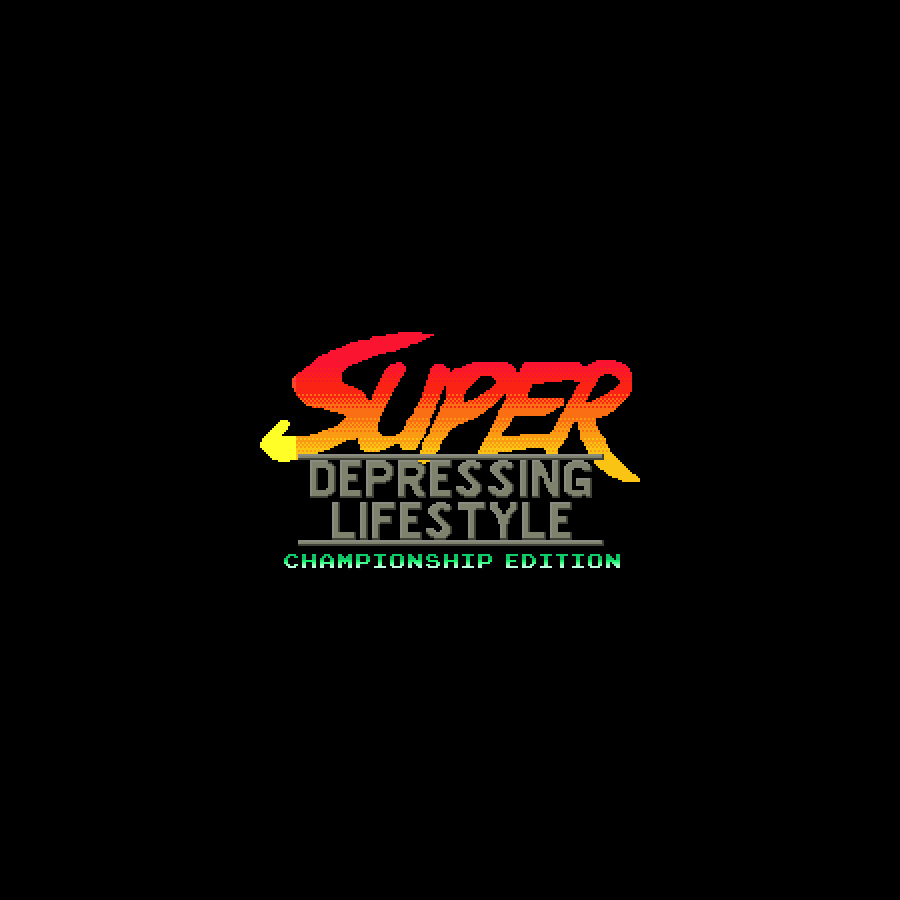‘It ain’t what they call you… it’s what you answer to.’ –W.C. Fields

In the year 1930, John Maynard Keynes predicted that, by century’s end, technology would have advanced sufficiently that countries like Great Britain or the United States would have achieved a 15-hour work week. There’s every reason to believe he was right. In technological terms, we are quite capable of this. And yet it didn’t happen. Instead, technology has been marshaled, if anything, to figure out ways to make us all work more. In order to achieve this, jobs have had to be created that are, effectively, pointless. […]
productive jobs have, just as predicted, been largely automated away […] But rather than allowing a massive reduction of working hours to free the world’s population to pursue their own projects, pleasures, visions, and ideas […] It’s as if someone were out there making up pointless jobs just for the sake of keeping us all working. And here, precisely, lies the mystery. In capitalism, this is precisely what is not supposed to happen. Sure, in the old inefficient socialist states like the Soviet Union, where employment was considered both a right and a sacred duty, the system made up as many jobs as they had to (this is why in Soviet department stores it took three clerks to sell a piece of meat). But, of course, this is the sort of very problem market competition is supposed to fix. According to economic theory, at least, the last thing a profit-seeking firm is going to do is shell out money to workers they don’t really need to employ. Still, somehow, it happens.
{ David Graeber | Continue reading }
what I am calling “bullshit jobs” are jobs that are primarily or entirely made up of tasks that the person doing that job considers to be pointless, unnecessary, or even pernicious. Jobs that, were they to disappear, would make no difference whatsoever. Above all, these are jobs that the holders themselves feel should not exist.
Contemporary capitalism seems riddled with such jobs.
image { Alliander, ElaadNL, and The incredible Machine, Transparent Charging Station, 2017 }




















